by Jayaprakash TC
Many guests have admired the construction, aesthetics and the idea behind the construction of The Granary, our exclusive property located amidst the verdant tree coverage in our coffee plantation.
The story of The Granary, also contains an enigmatic reference to the old matriarch,Soumini, after whom our Homestay is named.
Coffee is never stored in granaries because it’s not a grain. Granaries are exclusively used to store food grains, mainly paddy by the farmers. So, then, ‘What’s a Granary doing in a coffee estate?’ one might wonder.
The story of The Granary goes back to my parents’ early years of marriage. My mother was my grandfather, Unni’s favorite “bahu‘, or daughter-in -law. Unniachachan owned and cultivated very modestly, a small piece of wet land adjoining his house. Once, as newly weds, when my parents paid a visit to his house, it was the sowing season for paddy. He proudly took my mother to the field and after proper instructions to this town bred girl, asked her to sow the paddy seeds in the field. Mother enthusiastically performed this feat to her father-in-law’s satisfaction. She enjoyed it so much, perhaps it was then that she decided she wanted to become a farmer. Unniachachan, pleased at mother’s enthusiasm, waged a bet saying that this season’s harvest would yield a bumper crop! That whole year, I am sure that mother would have prayed to all her gods, pleading with them not to disappoint the old man. The gods too, surprisingly were benevolent and bestowed upon him a bountiful harvest that year! Overjoyed, my grandfather spared no time to proudly announce his wisdom in choosing the perfect girl for his son. In hindsight, his words of blessings must have proven prophetic in my mother’s life because, ever since, she was hell bent in trying her hand at every single aspect of farming!
Cultivating a coffee estate from scratch was superhuman effort for mother, especially with limited cash flow from her husband’s meagre salary. Undaunted, she ventured into animal husbandry with a single calf called Lakshmi, which by the time we children grew up, blossomed into a dozen milch cows. We had abundant supply of milk, butter and ghee, most of which she sold to nearby shops. We also had loads and loads cow dung manure for our estate.
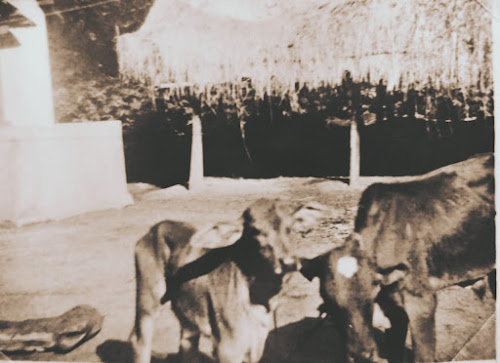 |
| Lakshmi, with the spot on her forehead |
She soon ventured into rearing a flock of goats which also fetched money and manure from their droppings. (She stopped goat rearing after learning of the sad end her dear goats would ultimately face at the butcher’s hands). She also had a poultry stock from which she could sell extra eggs to the shops to fetch money for daily mounting needs of the growing coffee plantation.
Those days father’s company where he worked as the estate superintendent, used to grow paddy. Mother would buy sack loads of cheap paddy during the harvest season, and with the help of her trusted maids pound the rice in wooden mortar with iron clad wooden pestles, and winnow the husk away while preserving the nutritious bran which she would use to feed her dear cows and hens. She enjoyed hard manual work and she was gradually blossoming into a true blue farmer!
As years passed, the coffee plantation became lucrative and my parents were looking forward to breathing easy financially. One fine day, there was word from the village that about 10 acres of paddy field was for sale, about 14km from our estate. On hearing the news, mother was thrilled and all the more determined to procure the land, even though their savings were practically minimum. A friend of my father (whom mother never forgave until the end), hinted that the government was about to acquire the land for constructing a check dam across the river Kaveri which flowed beside the promised land. My parents abandoned the purchase plan and turns out, the government also abandoned their check dam plans due to farmers resistance. But it was too late and the land was already gone.
My father was a devout follower of lord Krishna throughout his entire life. Mother, on the other hand was on friendly terms with all the gods. One day, all of the gods finally smiled on the couple in the form of a small paddy field of about 3.5 acres! It was a quaint little property, within walking distance of about 700 meters from our home. This time, mother was determined as ever. She jumped at the offer and after pledging all her jewels and delving into their meager savings and with some borrowings, they managed to purchase this property. Mother practically knew next to nothing about paddy cultivation, other than her only experience with sowing at her father-in-law’s field. Luckily for her, along with the new paddy field, there came along the faithful tenant and his wife who used to cultivate the land for the previous owners! This couple volunteered to stay right by the field in a small hut and it was the biggest boon to my parents. Because of this couple, the total knowhow of paddy cultivation was transferred to my parents gradually.
Needless to say, mother was a diligent student and spent hours at the paddy field, carefully imbibing all the precious lessons of paddy cultivation. With an army of faithful estate workforce of about 12 laborers, and under guidance of the old tenant pair, mother soon became an expert! Apart from the usual two traditional varieties of paddy (Doddi andBeliya), mother started experimenting with modern seeds, and soon we were self sufficient in rice production. Additional income from paddy sales also became a reality. But, more than anything, mother’s joy at finally being able to fulfill her age old aspiration, knew no bounds! Mother was already well advised about the procedures for parboiling of paddy and subsequent drying of the boiled paddy to the right degree. This precious fruits of labor, we could enjoy our own rice in our plates, the jolly of which is beyond words. Allow me a bit of exaggeration here, but I kid you not, the rice tasted really sweet!
Soon after, she became a farmer in the true sense of the word! As a family, we started observing farming rituals prevalent in Coorg, namely, Kailpoldhu, Kaveri Sankramana, Huthari etc., down to the very last detail. I remember that we even had a pair of bullocks for ploughing the field which later got replaced by tractors. Did you know that transplanting of paddy seedlings is a festival of sorts , but also a back-breaking job? During her early days, while traveling in Coorg before the monsoons, mother would invariably observe women performing the paddy transplant. She used to long for the day when she could stand for more than half a day, in the slushy paddy field, along with a bevy of women laborers, planting seedlings in a perfect row! Little did she know that this dream was soon to be a reality!
Now, as the paddy cultivation improved, the harvested paddy had to be dried and stored for about a year or more. At home, this proved to be a tricky situation. While they had storage space in the big godown already in use for storing coffee, the sad reality was, that paddy gets eaten by rats whatever way you store.
Every year, mother struggled with the sheer task of protecting the precious grain from the rogue rodents. But as luck would have it, mother’s tenant informed her that a good sized wooden granary was up for sale in our village! Father lost no time in negotiating a deal, and thus, for a total cost of Rs.700.00 (yes, you heard that right!) The Granary rolled into our home, sitting stacked up in multiple pieces in the back of a van. Once assembled, she was a mighty little box, and I remember that we had to summon the best carpenter in the village to dissemble her from the owner’s property and reassemble her back to her full glory once she reached our home. The Granary was initially erected within the coffee godown itself to protect it from rains.
In her heyday, the Granary had two compartments allowing for two types of paddy as well as enough space for safely preserving next year’s seeds. To get the paddy out, one person had to enter the Granary climbing up a ladder, from a side door, fill up the sacks required, and then dump it outside closing the doors securely to keep the rats at bay.
The Granary proved her worth in the coming years as her strongroom preserved grains year after year, season after season, under mother’s watchful eyes. As the years went by, physical ailments due to aging prevented her from actively practicing the art and craft of paddy cultivation. But by then, she had passed on her skills to her trusted maids by training them well and offering advice at every stage whenever required. Those were indeed the golden age of the granary!
Even after mother left us all for her heavenly abode in the year 2005, we continued farming our land until 2012. By that time gradually economic situation was changing drastically. The labor availability became scarce, wages shot up and so did the input costs of fertilizers and pesticides. In addition to all these, the monsoons became absolutely unpredictable. The production costs were mounting and cost of paddy was declining making it a losing battle for most of the small and marginal farmers like us. Finally in 2011 we had to abandon the paddy cultivation once for all like many in our villages in India.

Our guest Angelina trying her hand at paddy transplanting!
Through all these years, the granary was lying idle in our godown and whatever traces of paddy it used to contain still attracted a host of rats. And it was occupying considerable space which otherwise could be utilized for storage purposes. One day, while inspecting the state of affairs, I decided to move the granary out of the godown on an area close to the open coffee drying yard. This way, I could gain more space in the godown for storing coffee, as well as protect the structure from termites and rats by raising it about 1 foot off the ground. If I also provided a tiled roofing for the granary, she would remain safe from the harsh monsoons, I thought. This was the normal practice in Coorg. Most granaries are stationed outside the house, a foot above the ground and with a tiled roof shelter. While I inspected the empty innards of the long unused granary, it suddenly occurred to me that the measurements were ideal for a small bed room. An idea flashed in my mind and I promptly sent it across to my daughter Jyothi who was then studying in Delhi. She excitedly forwarded this to her husband Faaez in Saudi and also to my daughter Jyothsna who was then in Dubai. In no time, I was flooded with enthusiastic comments from all these fellow dreamers and that set my mind ticking to bring the granary back to life by designing a small quarters with basic essential services to cater to our valued guests!
Having had about 35 years of experience in designing small cottages in Coorg, deciding upon the layout was not too difficult. After several heated debates with domestic and overseas partners in dreams, that part was more or less settled.
The next step was to decide upon the location. Our estate is fully wooded and hence offering a panoramic view was out of the question. Instead, we decided to capture the sense of living in a dense forest while orienting the cabin. Initially, we selected a spot close to our coffee drying yard as it was easily accessible from our bungalow and the parking areas. I promptly started working on the structural designs for the granary. Then, fortunately my son (in-law) Faaez happened to visit us for a brief visit from Saudi Arabia. We discussed structures, designs and location. That evening, at about 8p.m., Faaez was pensively surveying the proposed area, in order to get a feel of the wilderness in the dark. Suddenly, he was disturbed by the sudden wailing and howling from our neighbors house which was just 15 meters away from our estate borders. The poor child wailed on for about ten minutes. This was immediately followed by thunderous suspenseful music emanating from a loud television set, presumably holding the attention of an entire family watching a block buster Kannada series with rapt attention! This went on for quite some time. Faaez came back to me and reported that we might need to reconsider our decision about the location. We visited the spot again the following few nights and the pattern seemed to be consistent. First the wailing child, and then the never ending suspense music from the Kannada serial. Faaez insisted that our guests should never be disturbed at any cost other than with natural forest sounds and I agreed with him wholeheartedly.
Soon after, Faaez started scouting around the estate for an ideal spot. He asked my wife Prabha for her suggestions. Prabha said that her main concern is that the new building should be easily accessible from the bungalow, for ease of housekeeping and attending to guest needs promptly. She suggested we look at the areas surrounding the house first. Faaez took her suggestion and scouted around the valley overlooking our estate’s natural water reservoir, just behind the bungalow and it seemed like just the perfect spot! He even went there after sunset to make sure the wailing child and the suspense series weren’t audible. Luckily, it was peacefully silent, and this is where the Granary stands now!
With respect to the design, all of us had fantastic, out of the box versions of the cabin in our minds and most of our time was consumed in wondering about how final look would be. Faaez suggested that we build the structure on stilts and at as much height as possible. Jyothi insisted that we should not compromise on the views, no matter what! I had to strike a tough balance considering structural implications and also the access to the cottage.
So, needless to say, there was no dearth for ideas and the ideas were literally spilling out of the (wooden) box! But the final form could not be fully decided. We needed an architect to give it a form. Faaez suggested his college mate Divin who had already started his practice in Calicut. He was immediately commandeered by Jyothi, and he graciously flew to our spot in Coorg at short notice, despite his busy schedule. We were thrilled to have him on board to help us visualize the final design on paper! We salute his affable nature in responding positively to our wild imaginations however absurd it sometimes looked. He stayed a couple of days to produce a beautiful sketch of our dream cabin in all its glory. He even graced us with his advice and suggestions regarding the latest materials and construction practices which we could effectively employ to our total satisfaction.
The actual work started in full swing in 2015. We were fortunate to get a set of accomplished carpenters to assemble this wonderful contraption on concrete stilts at a height of 15 ft, and also to follow even the minutest detail that our children insisted upon. All the other craftsmen and artisans were also enthusiastic in handling plumbing, metal fabrication, wood polishing, electrification and all other sundry work associated with this project, as they were working on something so novel for the first time in their careers. Their enthusiasm helped us get the granary on her feet (stilts, in this case!) in record time!
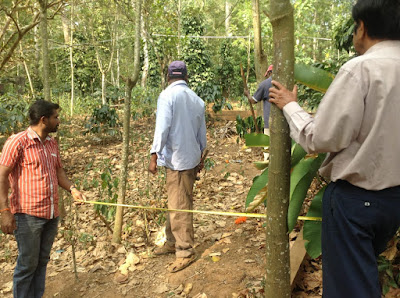 |
| Taking measurements at the site |
As it was nearing completion, the difficult job of naming our dream cottage cropped up. We juggled so many names with our well-wishers and family pitching in with so many amazing names. But finally, we decided that the one way to honor the grand legacy of the granary was by naming her, THE GRANARY. I think it was a really good idea because the name itself generates curiosity and we immediately have a story to tell. And who doesn’t love stories!
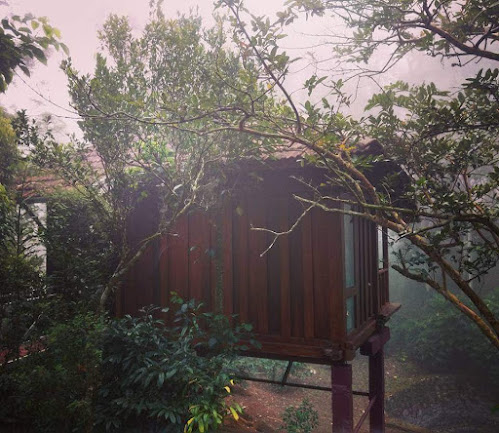 |
| The Granary sits pretty! |
Over the years, The Granary has hosted over 200 happy guests! The lovely reviews we get always make us smile. Each time we wave goodbye to a happy guest, we fondly remember the long journey of the granary from the village to our estate and finally climbing up on stilts, and bringing joy and memories for many, many people to cherish!

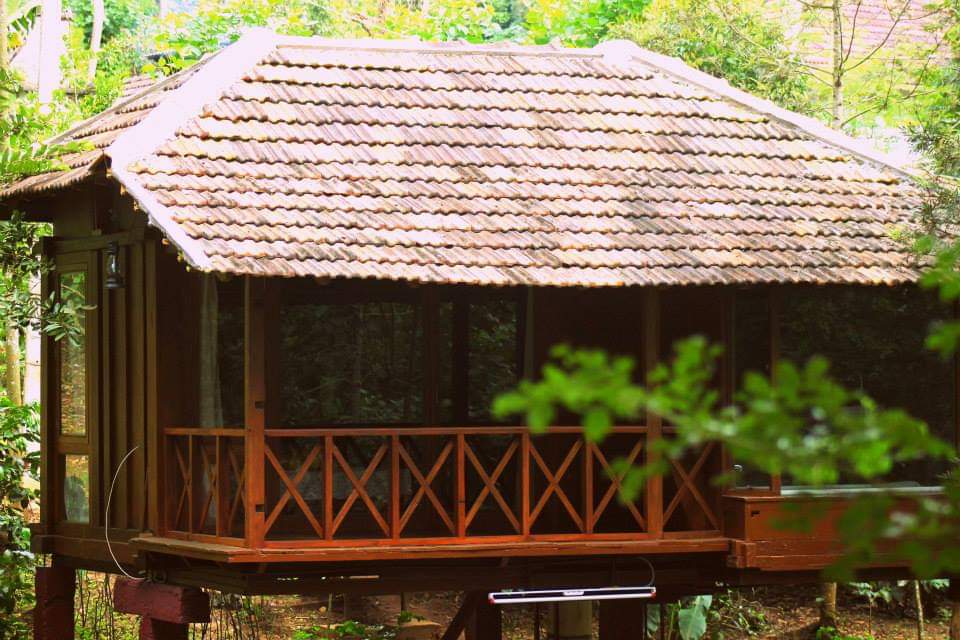
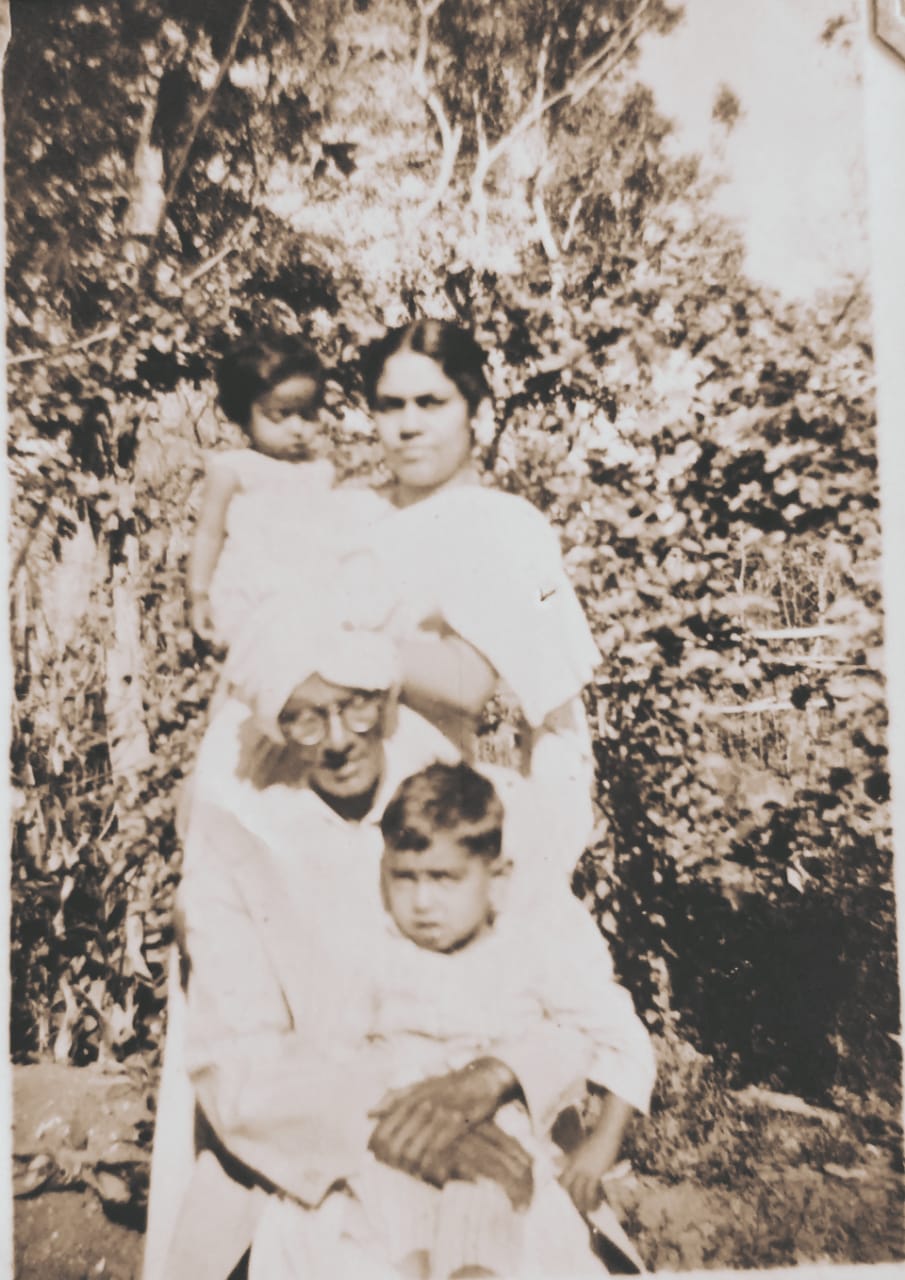
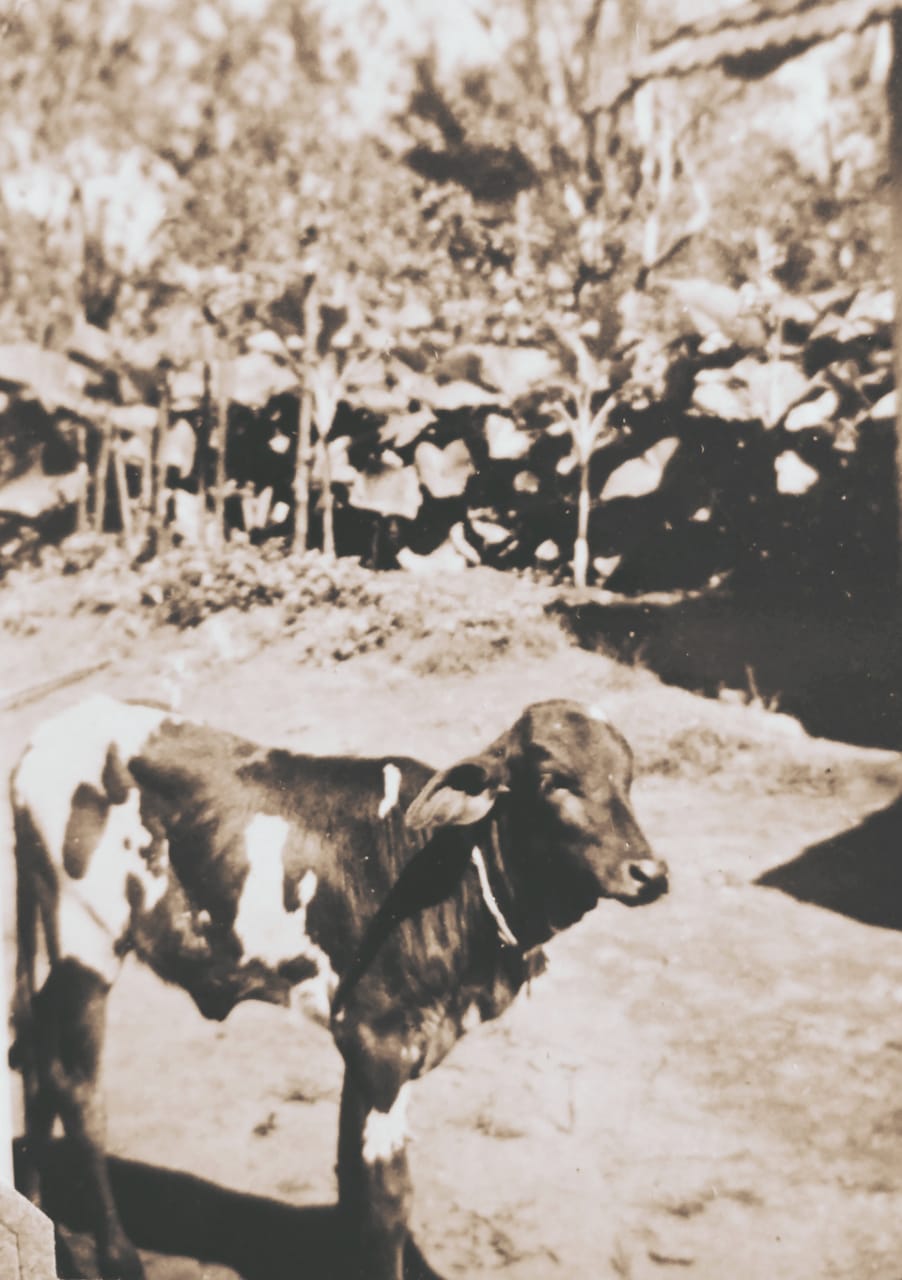
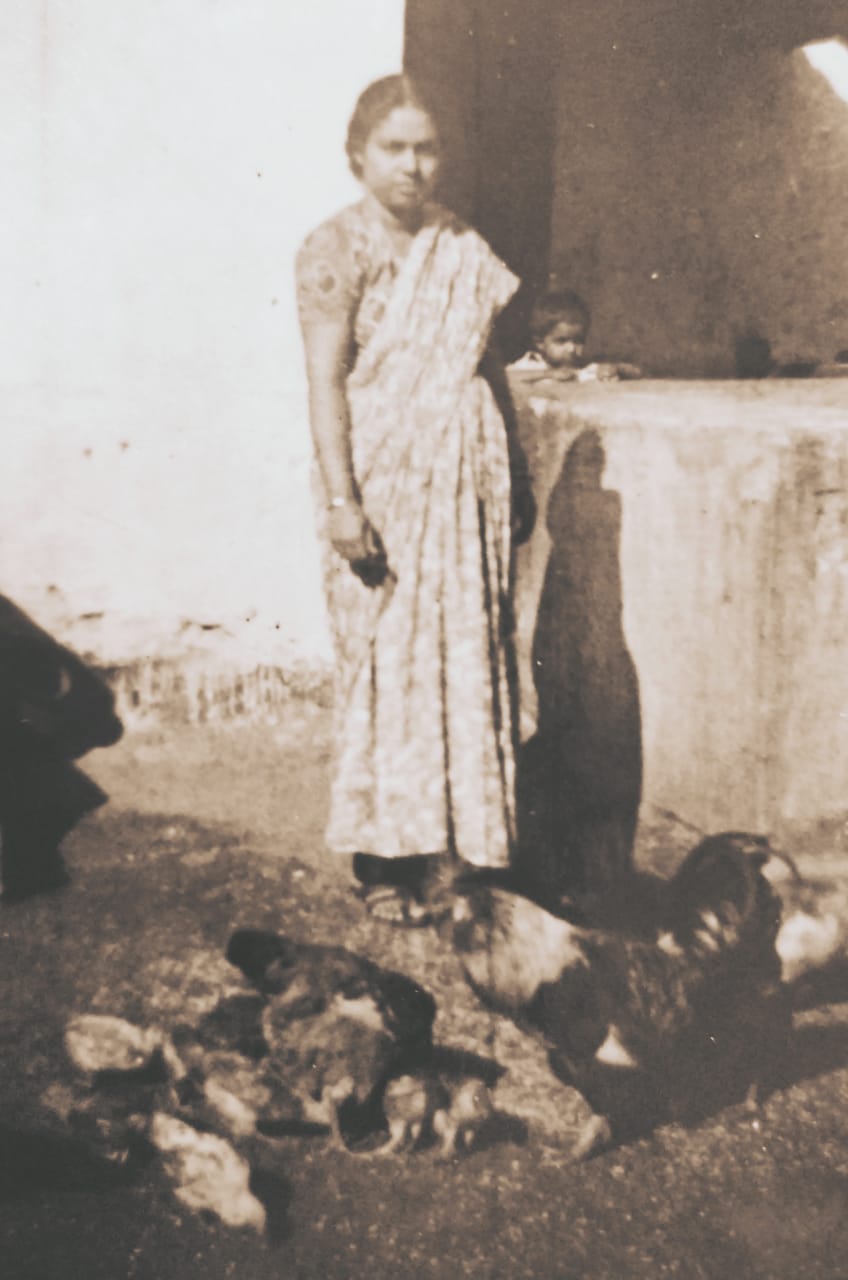
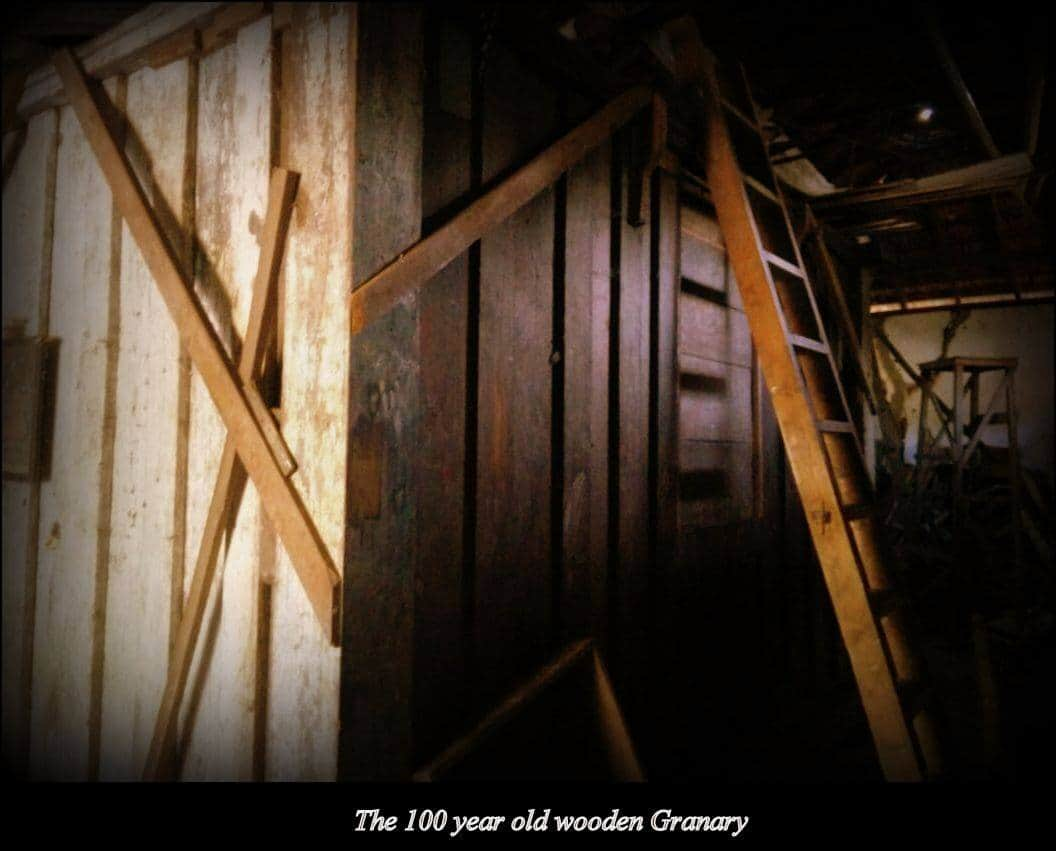
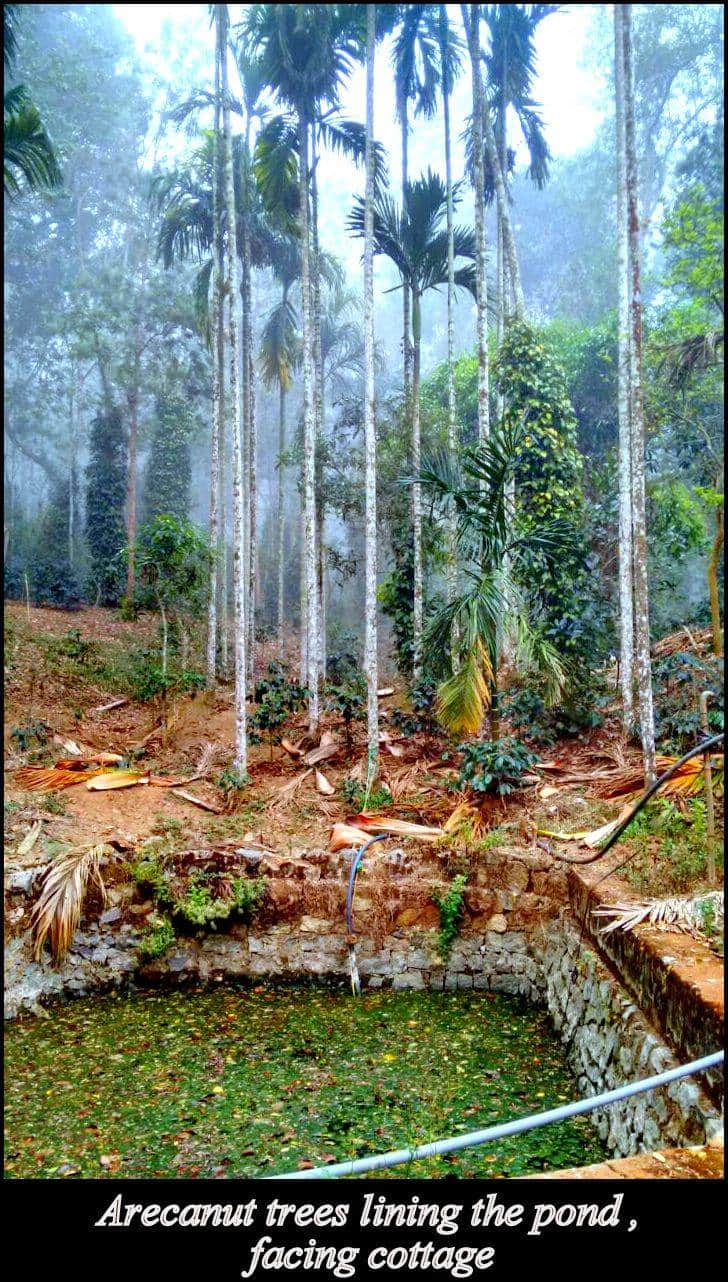
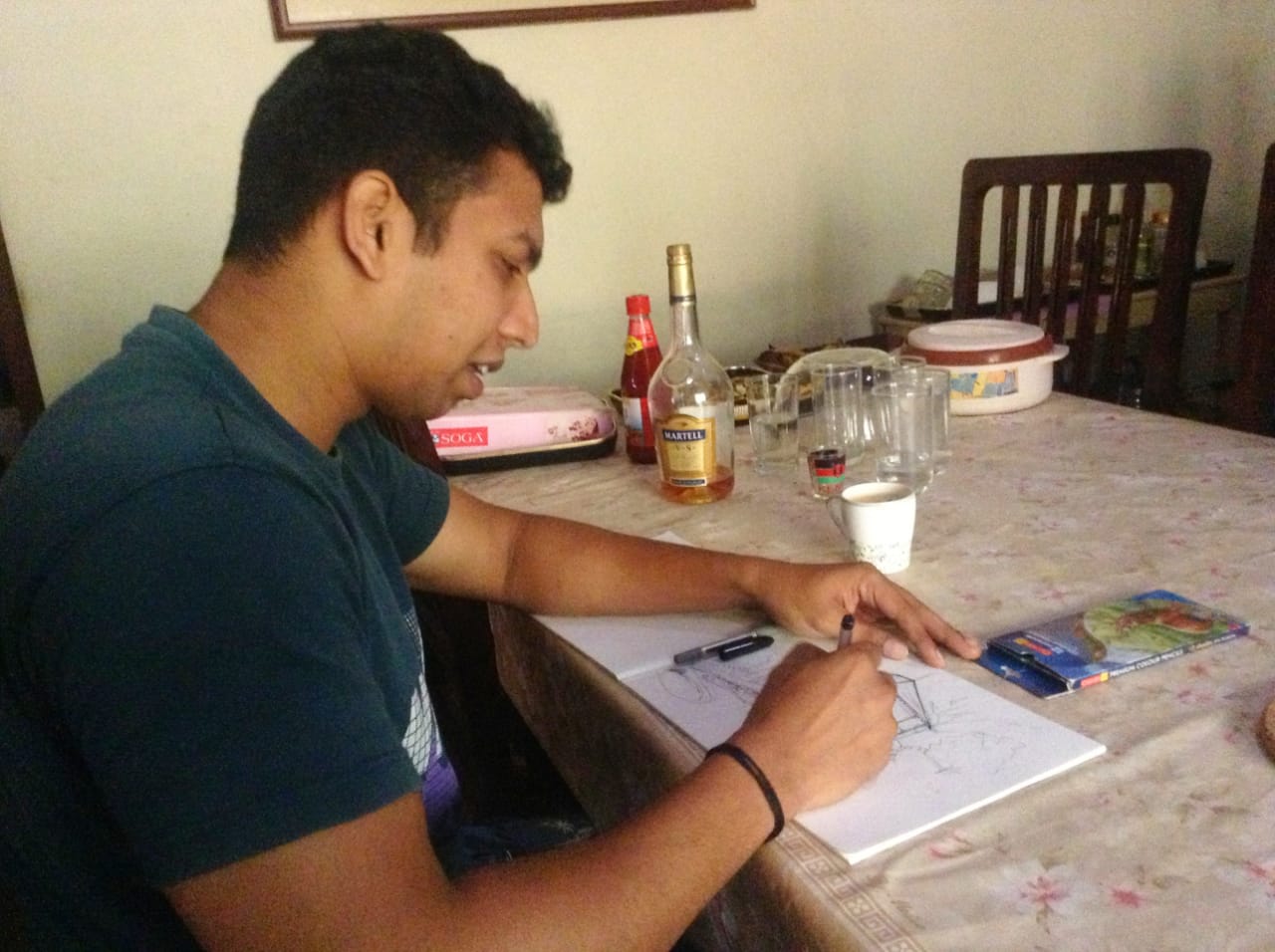
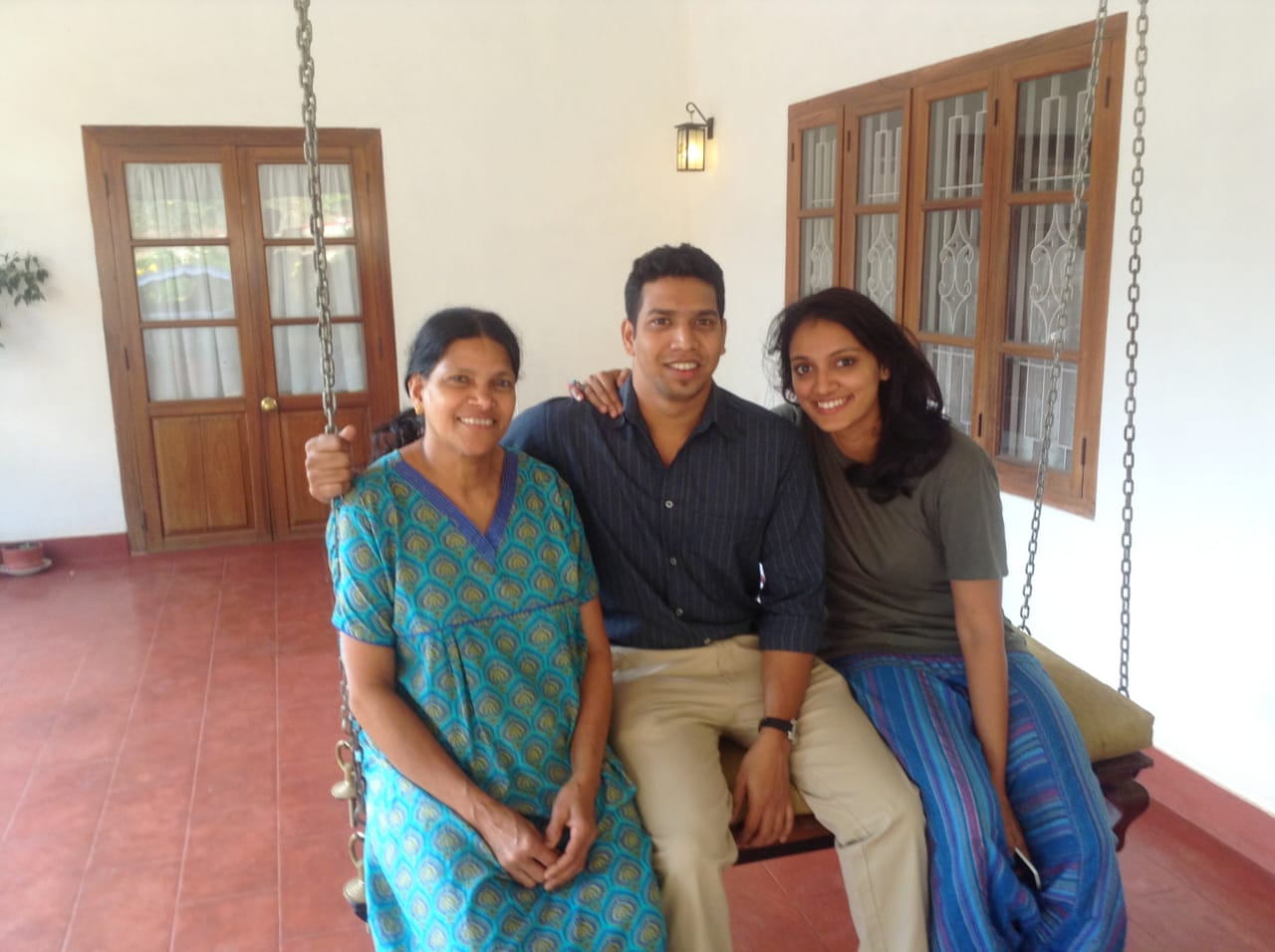
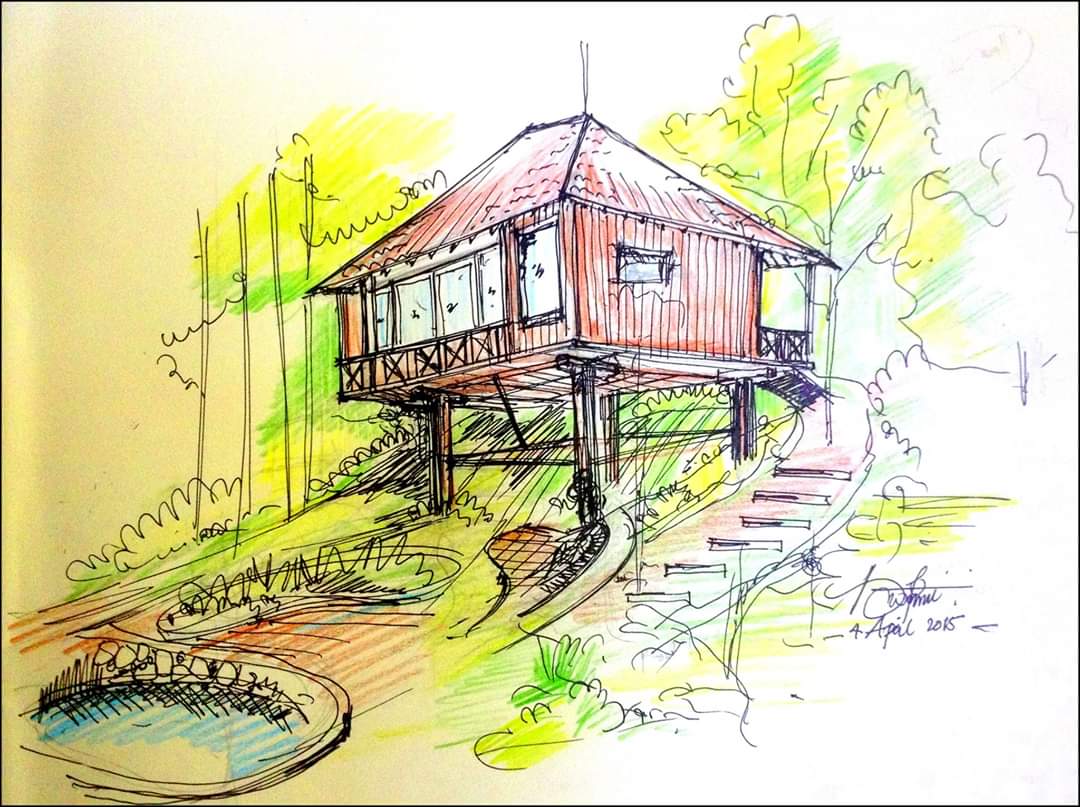
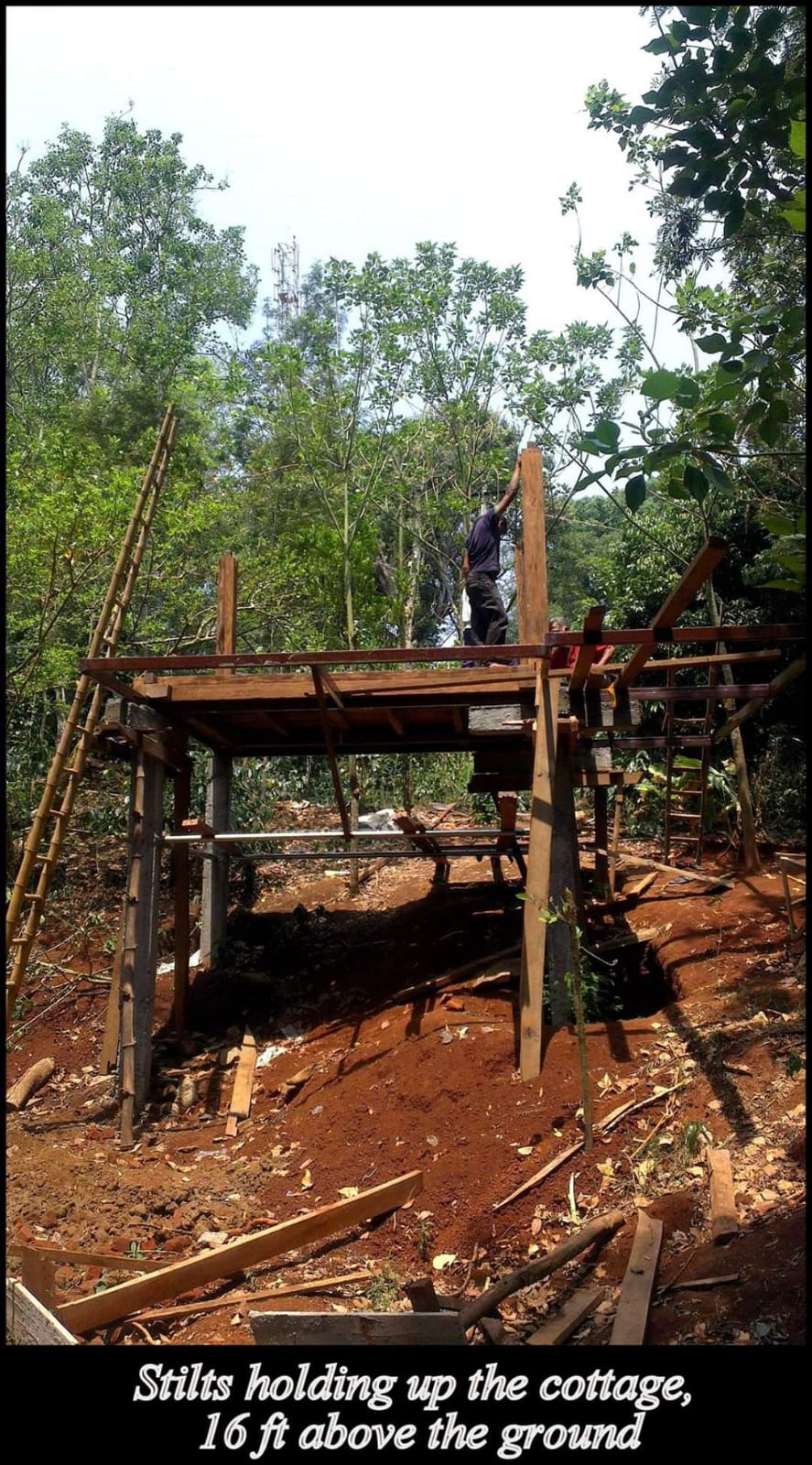
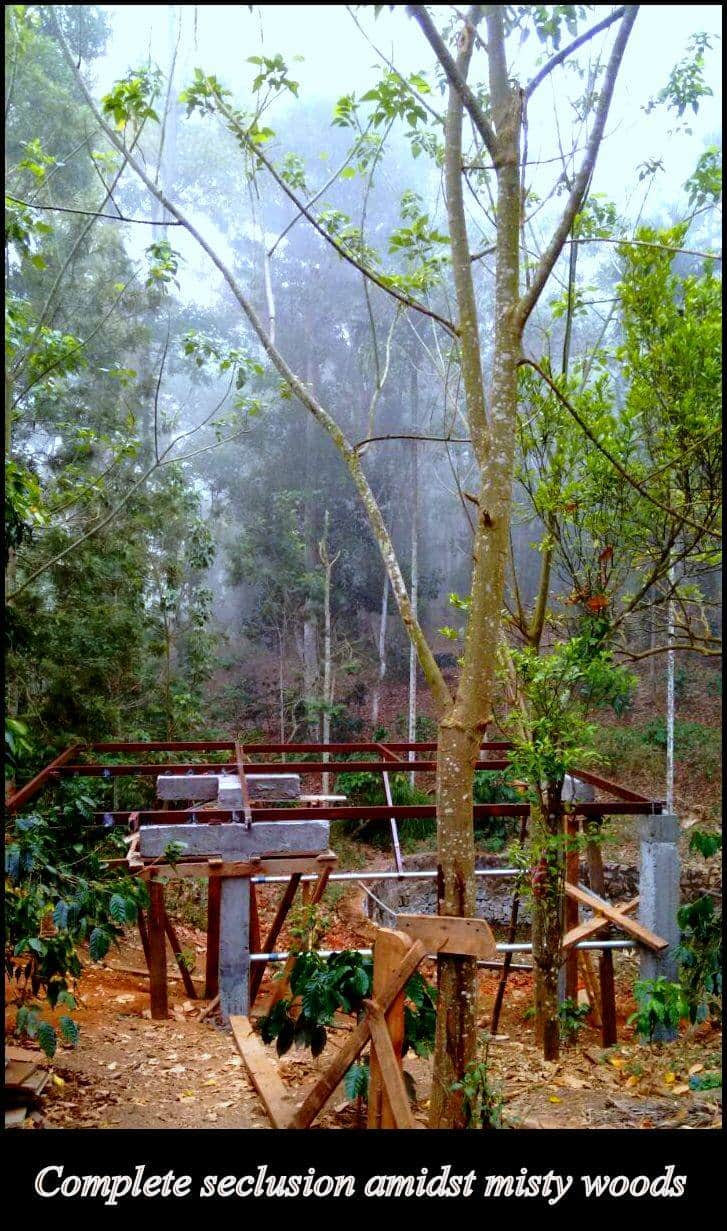
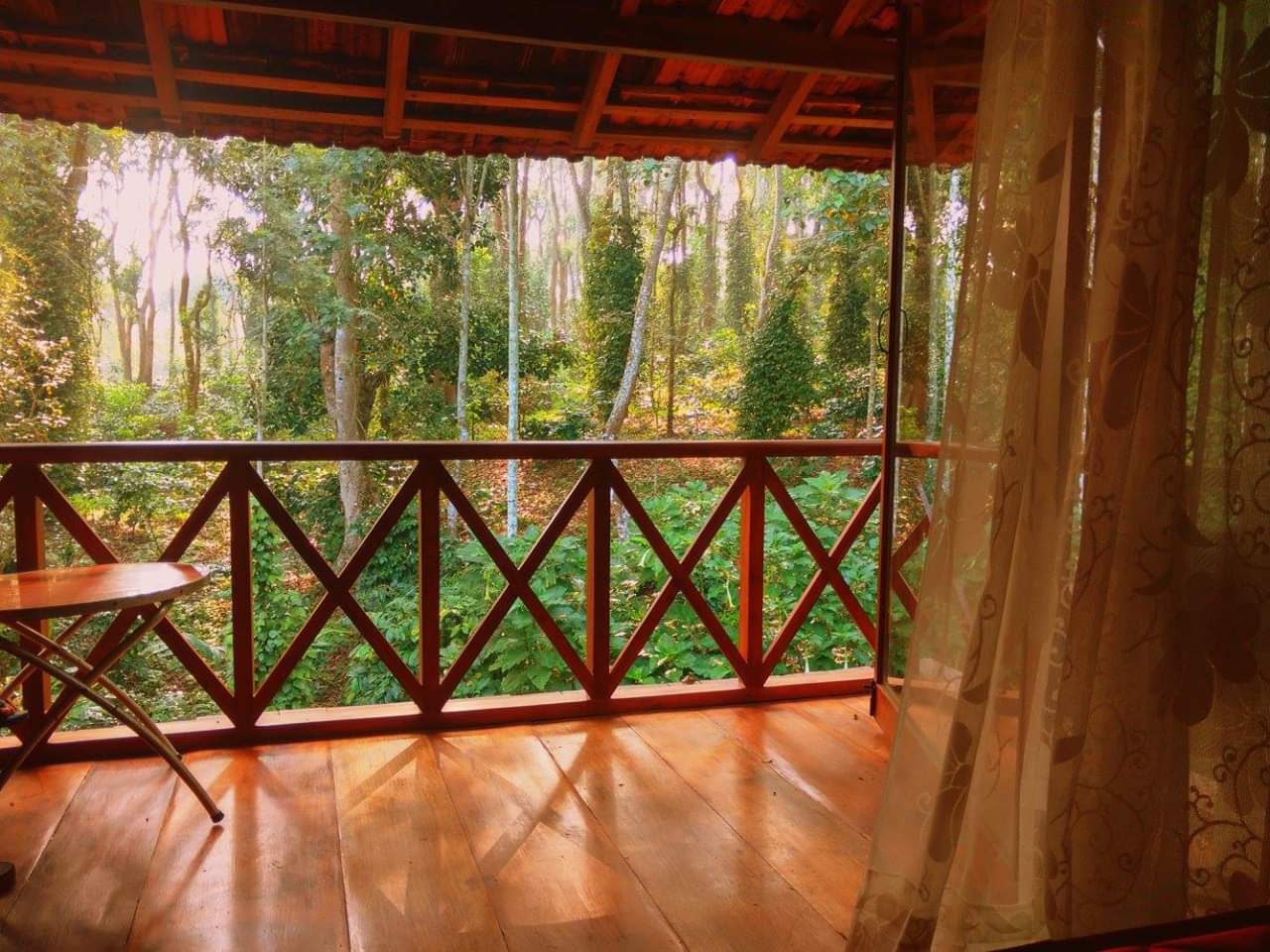
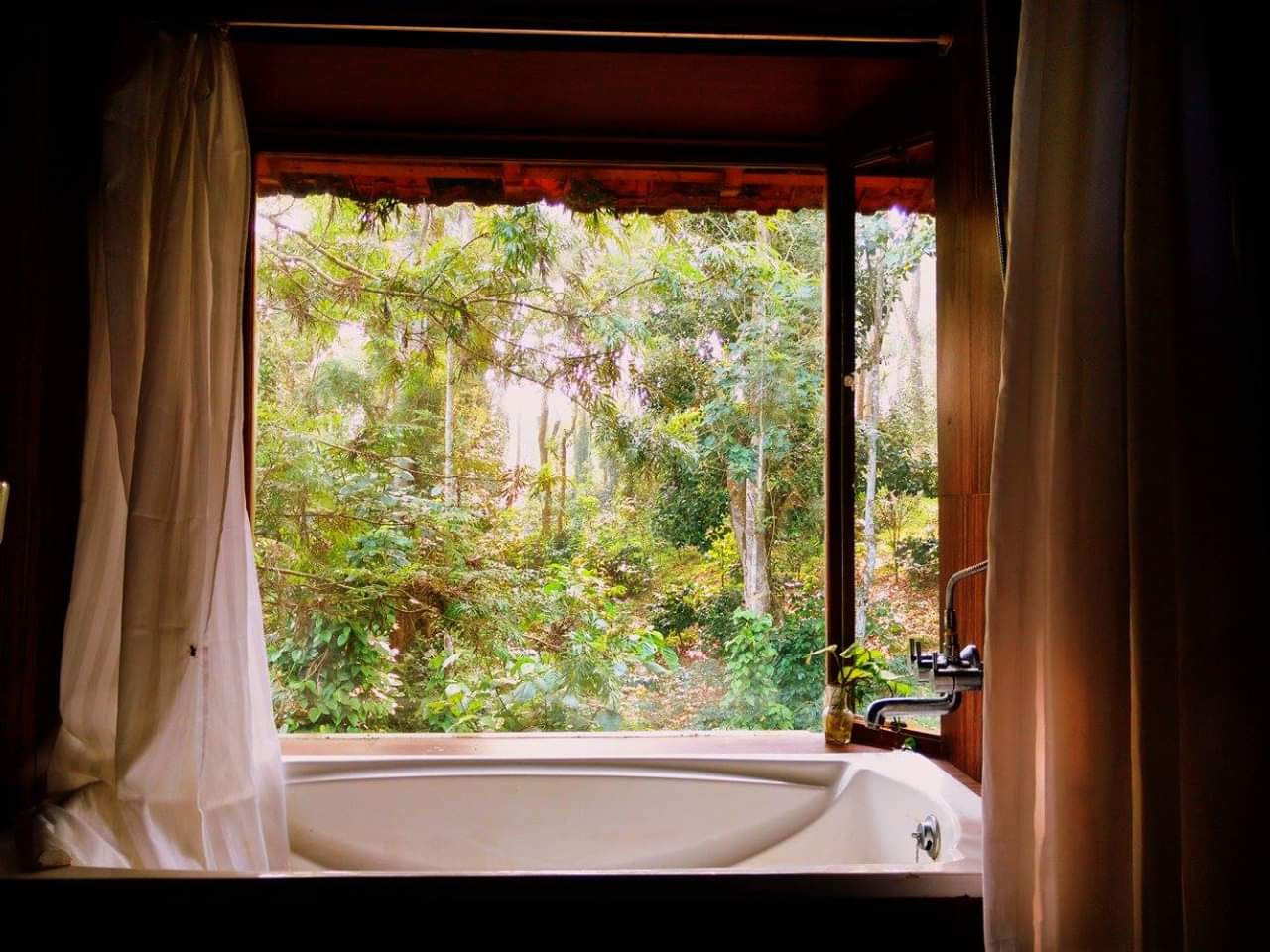
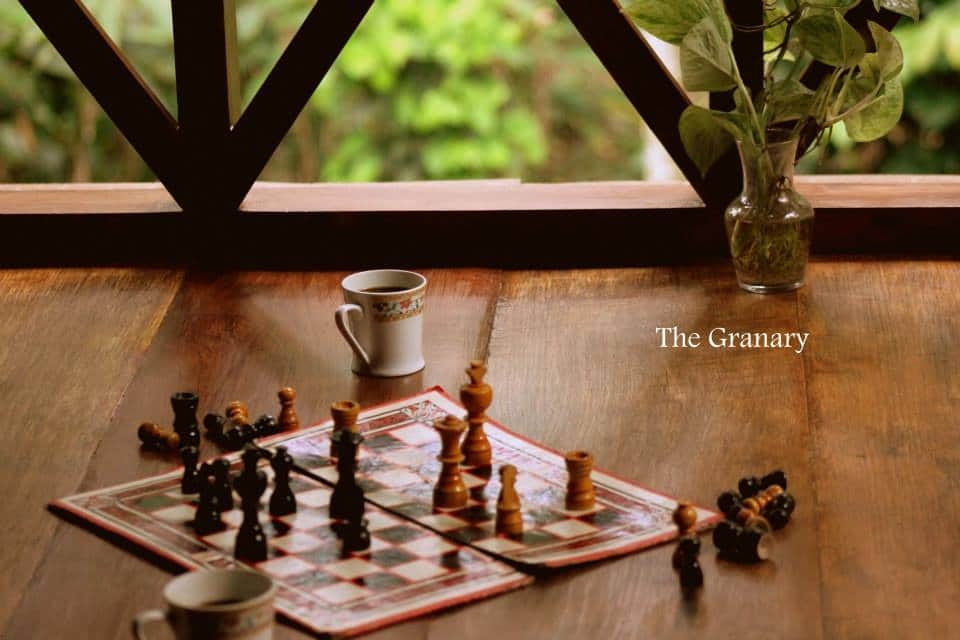
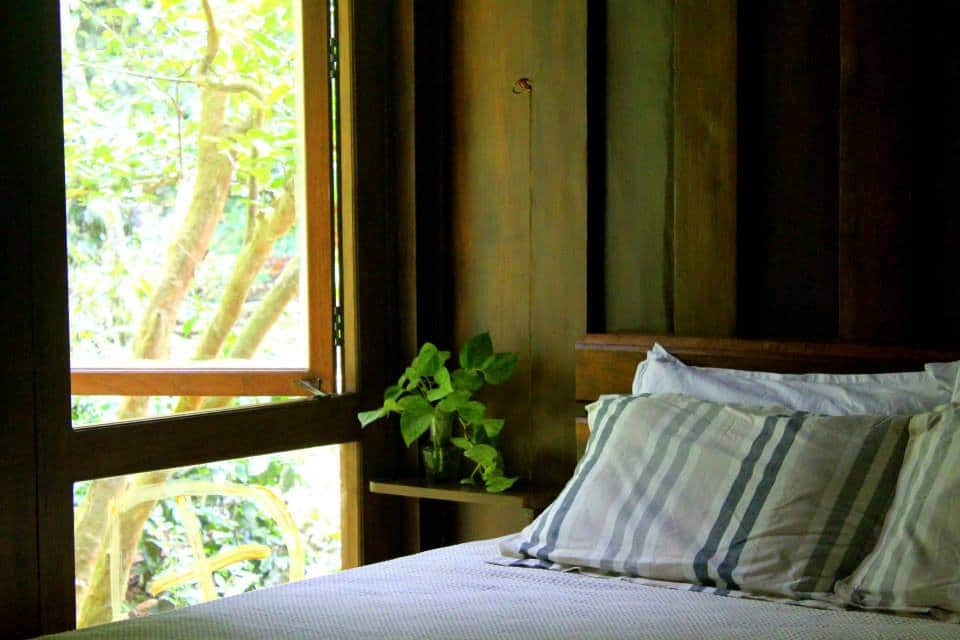
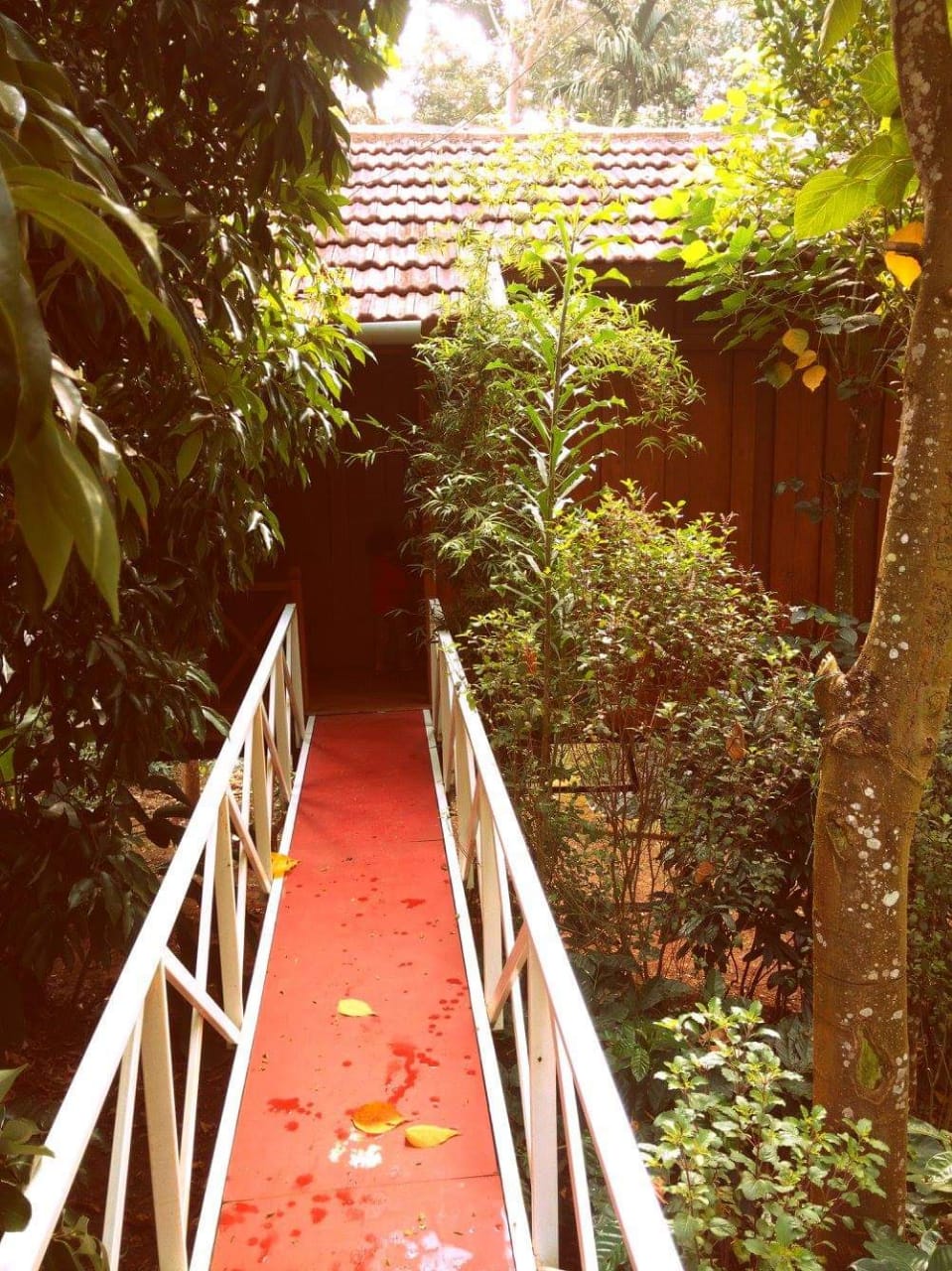
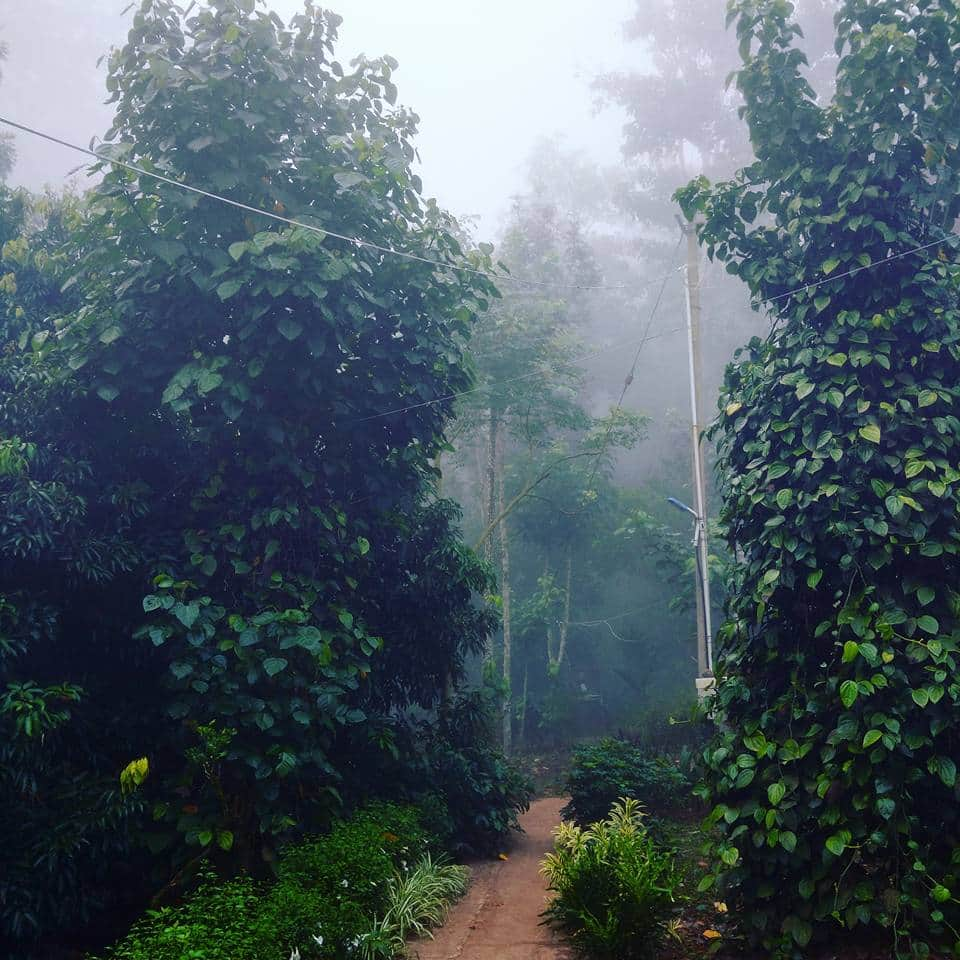
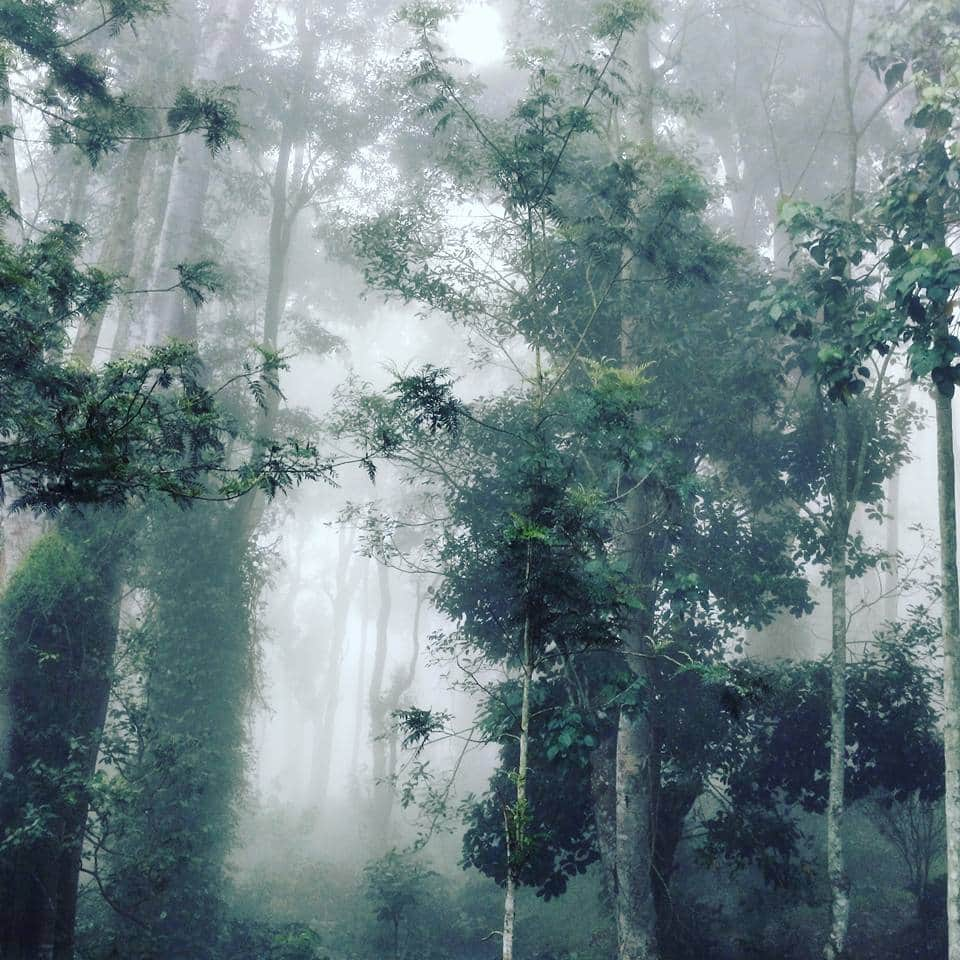
One response